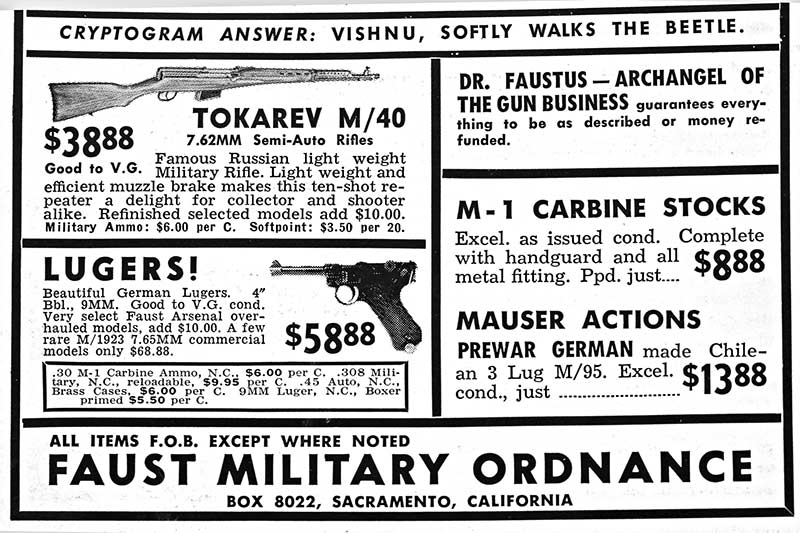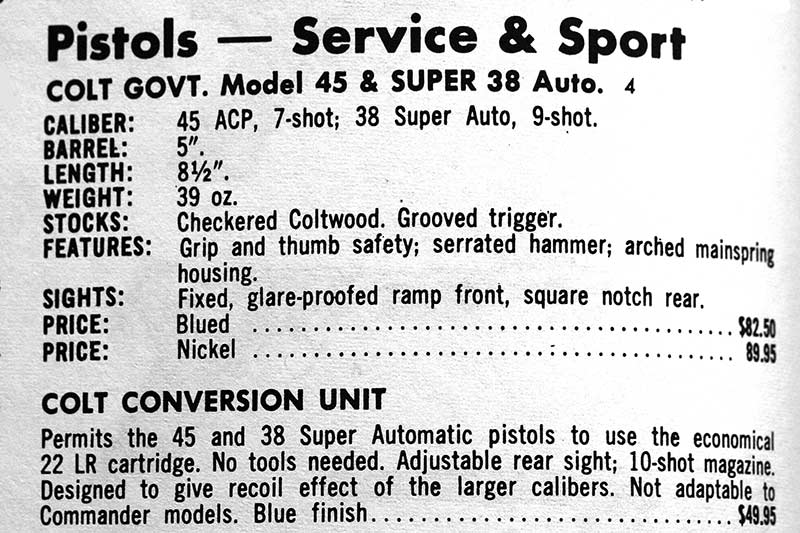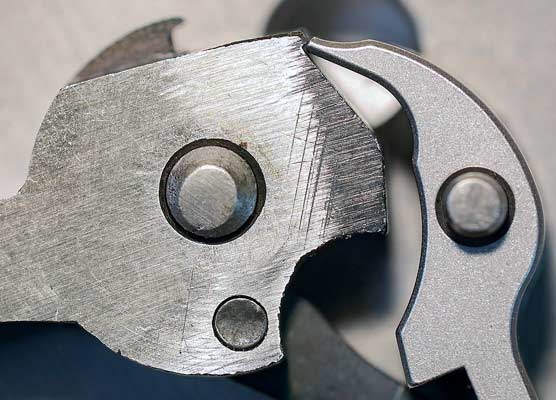Good Old Days?
I Don't Think So
Where were you in ’62?” I remember this line was used in promoting the movie American Graffiti. Well, in ’62 I was not quite into my teenage years, and I know exactly where I was; living in the same house, and on the same farm where I live today. Back then my main interests were books, cameras, guns, cars, hunting, fishing and pretty much any outdoors activity. Nearly 60 years later I can’t say I’ve changed much!
1962 was also the year I first became aware there were such things as hunting and shooting magazines. Mom came back from a trip to the city and gave me a copy of Outdoor Life. Later I would use some of my meager savings to buy GUNS Magazine. It seemed incredible to me one could get paid for writing. I remember in 1985 I was first offered the opportunity to write for American Handgunner. I cautiously asked what it would cost me. “No, we pay you.” Whaaat …?
Cheap Guns?
Nostalgia pieces such as this are supposed to muse longingly about how inexpensive guns were back then. Colt Government Models or Browning Hi Powers for $80, an S&W Model 10 or Colt Official Police for $70, an S&W Model 19 for $110 or Model 29 for $140. Not to mention military surplus Lugers and P-38s for $50 to $100.
Now a touch of reality — if you could go back in time you wouldn’t like it. In 1962 an average wage was about $85 a week. Those seemingly cheap guns in fact cost a week’s wages or more. Currently the average wage index in the U.S. comes to about $1,200 a week. In 1962 it took a week’s wages to buy one good handgun. A week’s wages today will buy two or three good handguns.
One can feel nostalgia for an era when buying a gun was a simple process. Walk into a gun store, or for that matter a hardware or department store, hand them the cash, they hand you the gun. But the guns weren’t cheap, and depending on the type of gun you wanted there wasn’t much of a selection.
Let’s say it’s 1962 and you want to buy a centerfire semi-auto pistol. Being a proud patriot and maybe a veteran of one or two wars you prefer the pistol to be American made. The Colt .25 ACP pocket pistol doesn’t strike your fancy, nor are you interested in a target pistol such as the Colt National Match or S&W 52. Your remaining choices are the Colt Government Model, the Colt Commander and the S&W 39. You could probably stretch the point a bit and include the Browning Hi Power. In your service in WWII or the Korean War, or both, you’d have seen Browning firearms in action defending America. No, they don’t get any more American than Browning, even when made in one of those little European countries.
Now if it was a revolver you were looking for it was a different story. This was only to be expected as most everyone knew semi-auto pistols were not reliable enough for personal defense. Even so it wasn’t too hard to narrow down your choices to small, medium or large, and Colt or S&W. Or if you considered a single-action revolver a viable defensive handgun, and many did, the choice was Colt or Ruger. If the budget was really tight there were inexpensive models from H&R, High Standard and Iver Johnson, some of which cost less than half a week’s wages.
Time Travel
Let’s jump ahead to the present day. In semi-auto pistols alone there are literally hundreds of models available. If someone asks for advice on buying what they expect to be their first and only semi-auto pistol I hardly know where to start. There are cartridges that didn’t even exist in 1962 such as the 10mm Auto and .40 S&W. Loads for cartridges that did exist, such as the 9mm Luger, are far more effective. Let’s say you want a compact pistol for personal and home defense, concealable in an IWB holster, with an accessory rail, striker fired, tritium night sights and single stack. Gosh, that narrows it down to about 37 models.
And make no mistake, the semi-autos of today are not just cheaper in terms of your buying power, they’re better made, more reliable, more durable and with more features. If your choice turns out not quite right, buy another. You can afford it. Don’t let old-timers like me fool you. The good old days are now. And don’t even get me going about the dozens of new revolver models today!







